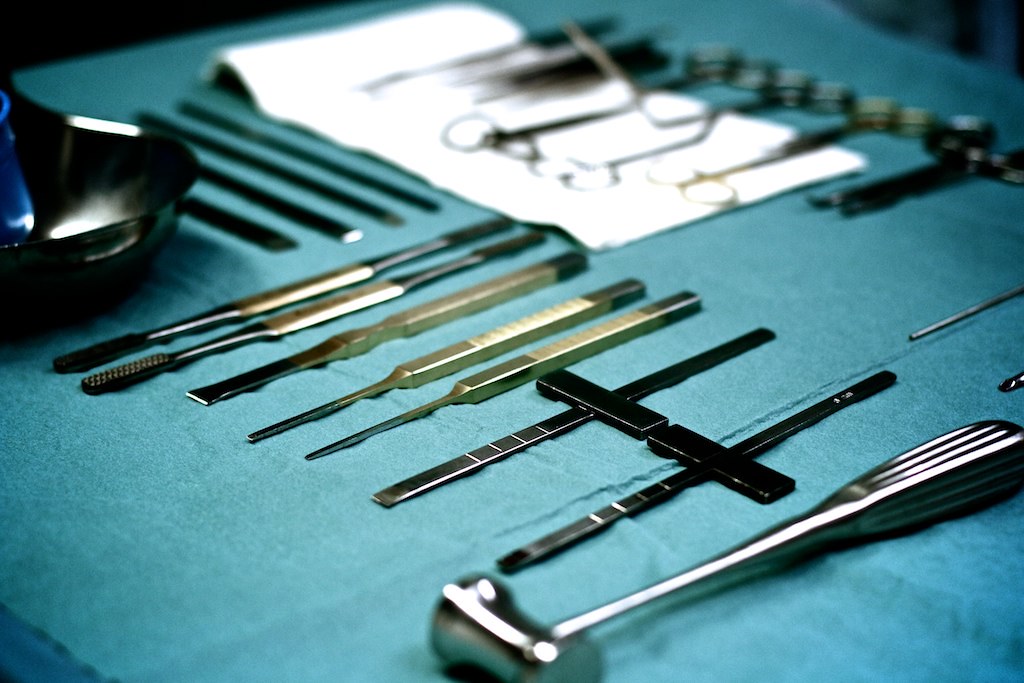If you’ve recently had a rhinoplasty procedure, commonly known as a “nose job”, or are considering one, you may be wondering how to tell if your procedure has been done well or not. Of course, if you’ve gotten a good job, the best sign is that you can’t tell a procedure was done at all. But the signs of a botched rhinoplasty can be more subtle, and are not always apparent the moment the procedure is over.
Not every rhinoplasty will go according to plan, so if your surgery left you with a severe cosmetic issue that is causing you significant psychological harm, it may be possible to file a claim. In most cases, in order to file a lawsuit you will need to prove that the doctor performing your surgery breached their duty of care to you, and was willfully negligent in performing your nose job. The following are some of the common signs that your nose job was botched, and what legal avenues are available to you after a botched rhinoplasty.
Thin Tip on Nose
A nose tip that is noticeably thin after rhinoplasty means that the nose tip may have been narrowed as much as the bridge of the nose was. Noses look best when the tip is somewhat wider than the bridge, and it’s often the case that the surgeon simply narrowed the tip too much when doing an overall narrowing of the nose.

A “Scooped” Profile
When the bridge of the nose is too low after surgery, it is commonly referred to as a scopped profile. This might mean your surgeon shaved away too much cartilage, in addition to filing the bone down to a level that was too low. This can also occur if the surgeon removed too much tissue inside the nose, weakening the nasal structure and causing the nose to collapse.
Rhinoplasty That Leaves Nose Looking Pinched
Pinched noses happen when the surgeon removes too much cartilage from outside the nostrils. This can result in difficulties breathing, so it’s important to correct this error as soon as possible with a follow up visit.

Upturned Nose At Odd Angle
A common side effect of shortening your nose is being left with a nose that is upturned at an odd or unnatural angle. When large amounts of tissue are removed from the front of the septum in an attempt to raise the nose, this is an unfortunate malpractice error that can occur. It’s important to immediately seek the aid of a more experienced surgeon after noting this error, as it is more difficult to correct than most errors seen in a botched nose job.
Difficulties Breathing
One of the most obvious, and frightening side effects of a botched nose job is having any sort of difficulty breathing after the procedure. It is normal for there to be natural swelling after any surgical procedure, and most patients notice some difficulties breathing for a few weeks to a few months after rhinoplasty.
However, if your swelling and difficulties breathing are still occurring after a few months, you may have reason to suspect a botched nose job. There are a number of reasons a nose job could lead to difficulties breathing. Most commonly this is seen when the surgeon was trying to make the nose thinner, and did not keep the airways wide enough. Talk to your physician if you are noticing problems breathing to determine if you will need additional surgery to correct the problem.
When To Speak to a Lawyer About a Botched Rhinoplasty
Simply disliking what your nose looks like after plastic surgery is not enough to file a lawsuit. Your surgeon must have caused a severe and debilitating injury, infection, or disfigurement in order for a successful claim to be filed. While there are some complications that the plastic surgeon cannot help or avoid, if your injury was caused by negligence or improper conduct then you have every right to take legal action. The experienced medical malpractice lawyers at The Thistle Law firm can review your medical records and help you determine if negligence occurred with a free consultation. Call us today at 215-525-6824 or reach us by filling out our online form here.


